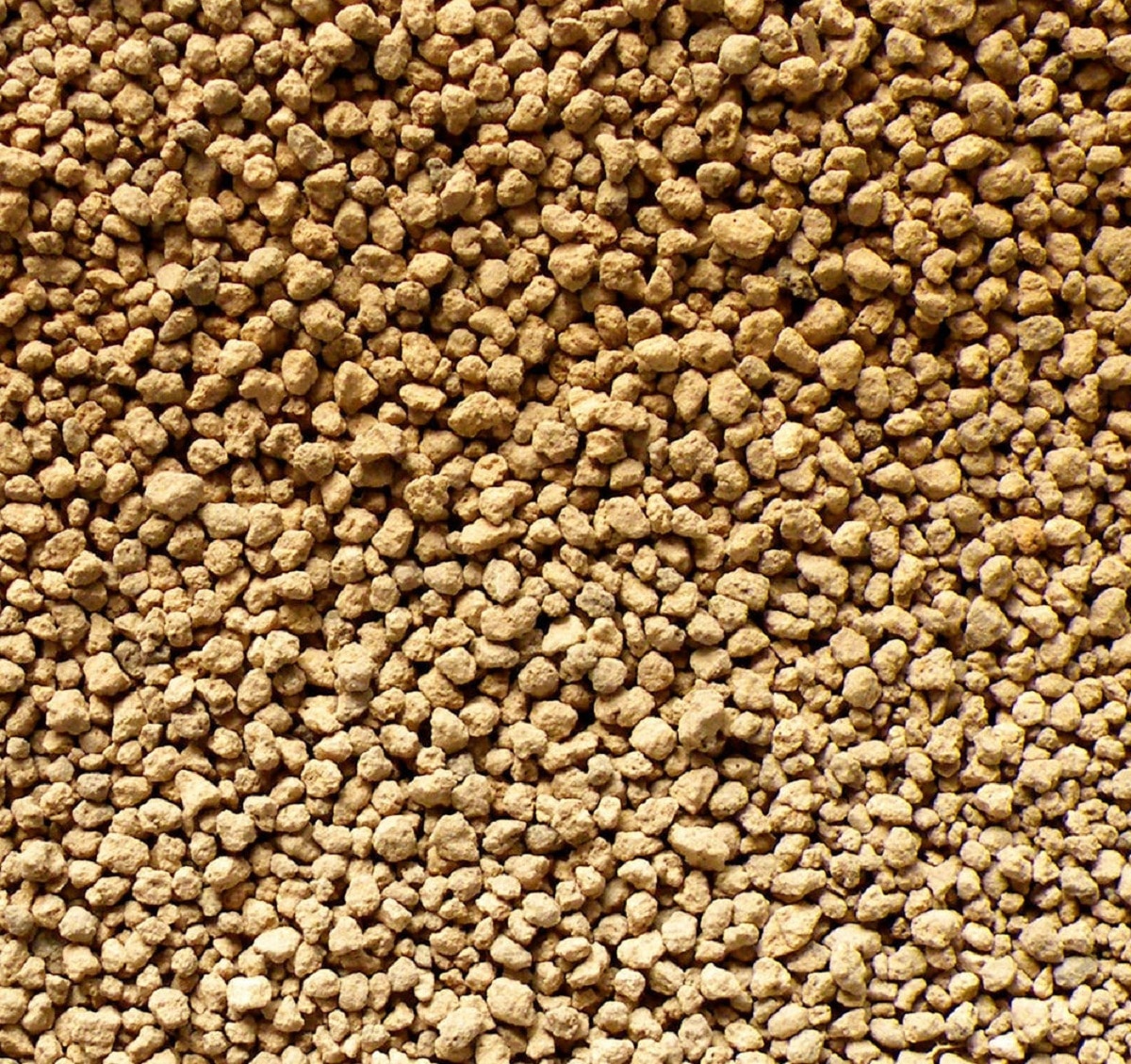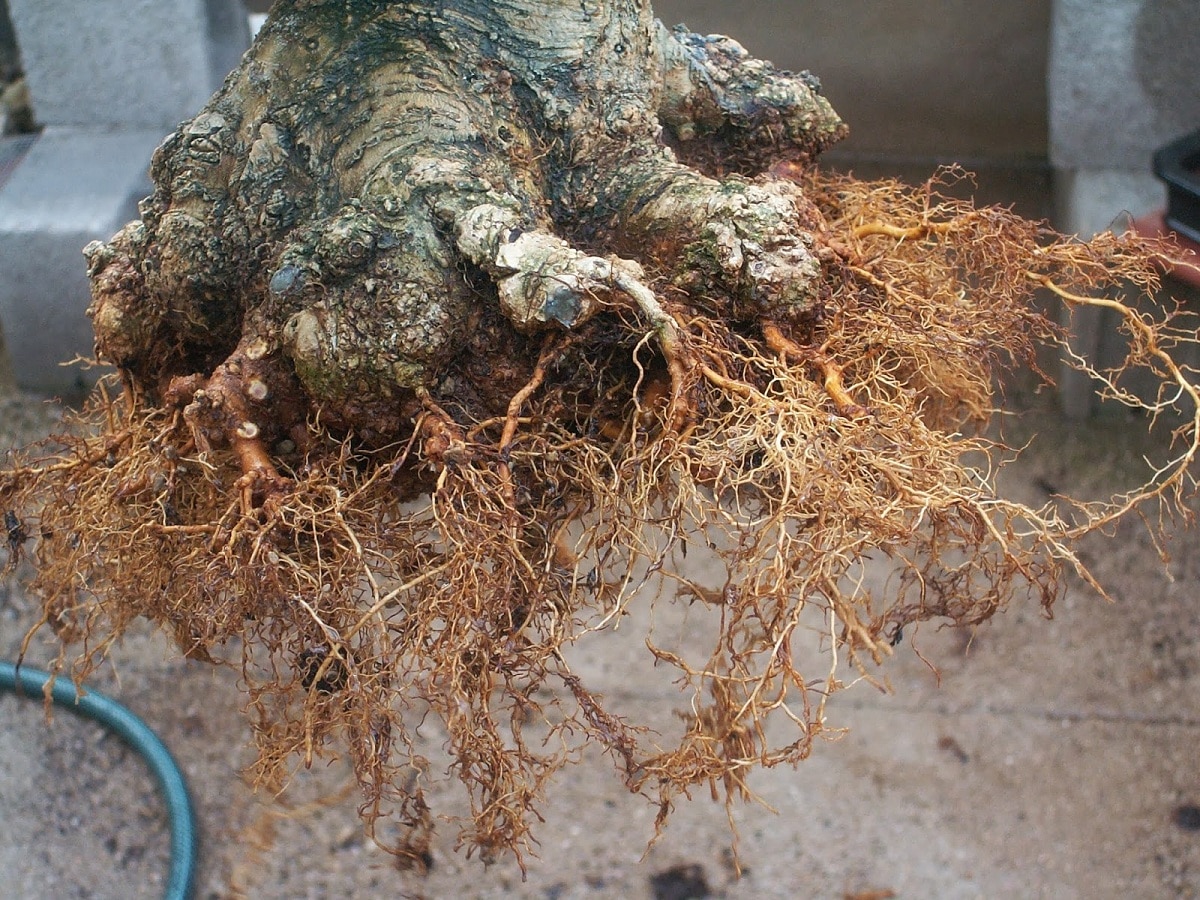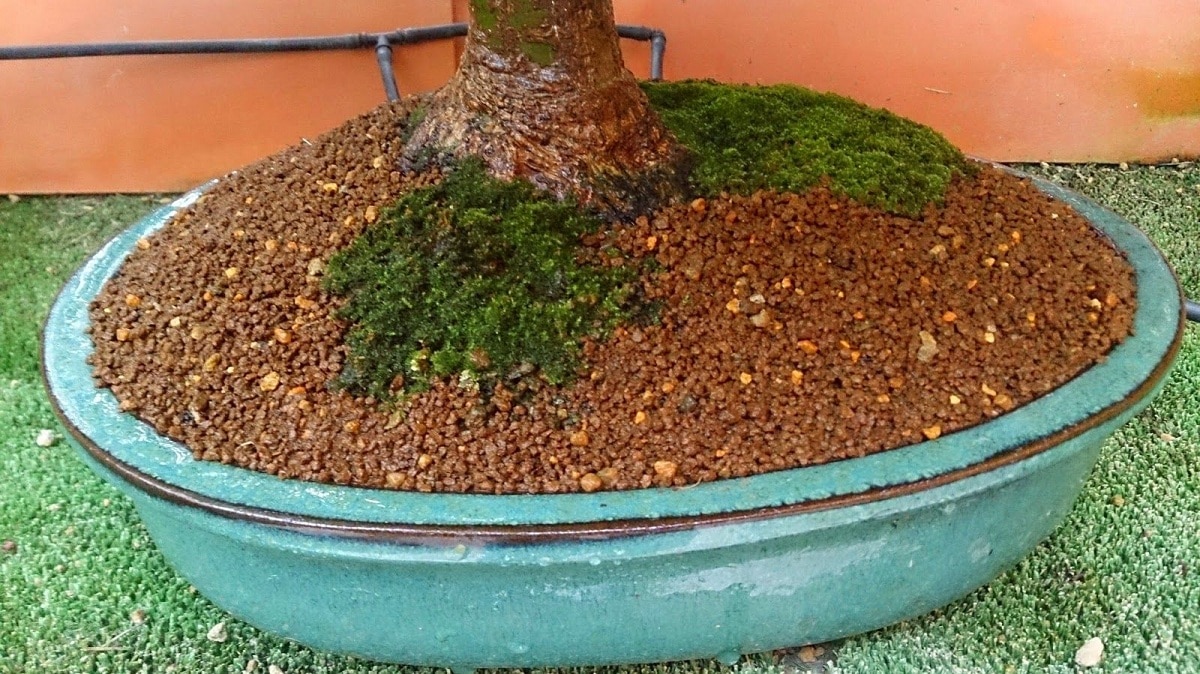
Among the most recommended porous substrates for many types of plants we find the akadama, which is a granular clay of volcanic origin found only in Japan. Unlike other similar materials, it retains moisture for longer, so it is ideal when you want to grow plants that need a lot of water, but without being flooded. In addition, it can be used alone or mixed with other substrates, such as kiryuzuna or kanuma. Let's get to know more about this special »land».
In this article we are going to tell you about all the characteristics and advantages that akadama has for the cultivation of certain plants.
Key features

Are you worried about watering too much? With the akadama you will no longer have that problem: when it is dry, it is a light brown color, but when it is wet it becomes dark brown. Potted plants, especially if they are exotic, need to have a substrate that allows them to have their root system always aerated. This is something that there are certain substrates, such as peat, which, in the event that it is being watered excessively, the roots arrive at a time when they become flooded and, in doing so, suffocate. To avoid this, it is highly recommended to always mix the peat with perlite, clay balls or any other similar material. But in the case of the akadama, can be used alone without problem, so in the end you can save yourself a little money.
This substrate is normally used for bonsai, but it is also very advisable to use it when you have acidophilic plants living in a climate that is not quite suitable (for example, Japanese maples living in the Mediterranean region). If they are planted in akadama, it will be possible to see that the trees and shrubs live, and do not survive, they can even get to fall.
It is a type of processed clay that is subjected to high temperatures in order to achieve greater consistency and increase the degree of porosity. Thanks to this high degree of porosity, it allows the plants to perspire correctly so that irrigation or rain water does not accumulate too much. We know that it has a mineral origin with a granular appearance and with a brown color when it is dry and tending to reddish or when it is wet.
This substrate has become more and more famous around the world and there is a greater diffusion. Before it was more difficult to buy, now there are more facilities. It is not essential to grow a bonsai but it is one of the best choices for it. Since it was introduced in our country, it is increasingly used and has become a fundamental substrate for all mixtures. In addition, the fact that it is traded quite frequently to others has made it difficult to reduce its price in the market.
Aspects of the akadama

After the extraction of the akadama, it undergoes a thermal process so that its hardness increases. The characteristics that this type of treatment acquires after the thermal process helps various characteristics to become the best substrate for bonsai. And is that this process improves cation exchange and water retention. This makes it the best option to have your bonsai mix. It has a great hardness and resistance.
Over the years the weather alters its stability and ends up degrading in a few years. And it is a type of substrate that is quite affected by frost. If we are going to have the bonsai indoors, the substrate may hold us a little longer. However, if it is grown outdoors we know that there are some adverse environmental conditions that can gradually wear down this substrate. We will quickly notice when it stops draining and loses the water retention feature. When this happens, it's time to transplant our bonsai and renew the akadama.
If we keep it well, it can last several years with all its characteristics or only with a slight reduction in them. After transplanting into the bonsai it is advisable to sift again to eliminate the most degraded part and reuse the one that still retains its characteristics. It is a reusable substrate.
Types of akadama

In the market you will find three types of akadama, which are:
- Coarse-grained: between 4 and 11mm thick. Highly recommended for native plants.
- Shoin: grain between 1 and 4mm thick. It is highly recommended as an aquarium soil, or for aquatic plants.
- Standard Extra Quality: grain between 1 and 6mm thick. It works for all plants.
They all have a pH between 6,5 and 6,9.
If we talk about prices, it is not an economic substrate, but it takes a long time -years- to decompose. Its price is around 7 euros for a 2l bag, and 30 euros for a 14l bag of the Akadama Shohin. In any case, if you are tired of your acidophilic plants dying, try this substrate and you will see how things change.
Uses
For those beginners in the world of gardening and plant care it is of great help. This is because it changes color when watered. It is much darker when it is humid enough to satisfy the needs of bonsai. If it doesn't stay a dark color and stays a lighter color, it's time to water again. The water retention of akadama is 37 grams of water per 100 grams of substrate.
This substrate can be mixed with river sand and it is one of the most widespread mixtures as a bonsai substrate. You need to make a compound of 70% akadama and 30% kiriu. Other mixes can also be made depending on the climate where we live. For example, if we live in a higher quality area, we can add 10% peat to better retain moisture. On the other hand, if we live in a rainier area we can add 20% river sand.
Where to buy?
Do you want to buy it? Then click here:
I hope that with this information you can learn more about akadama and its characteristics.

Just one question. Do the akadama and kiryu need to be kept in a closed container with a lid or can they be put in a container without a lid? What is more convenient or what is not advisable
Hi Luis.
Well, it is indifferent as long as they are dry, without humidity. You can store them wherever you like: in a box with a lid, or without. They are not like peat for example, that if you keep it in a closed container, fungi immediately appear.
A greeting.
Do you think it would be a good option for my Ademios?
Hello Fernando.
Yes, it is highly recommended.
A greeting.